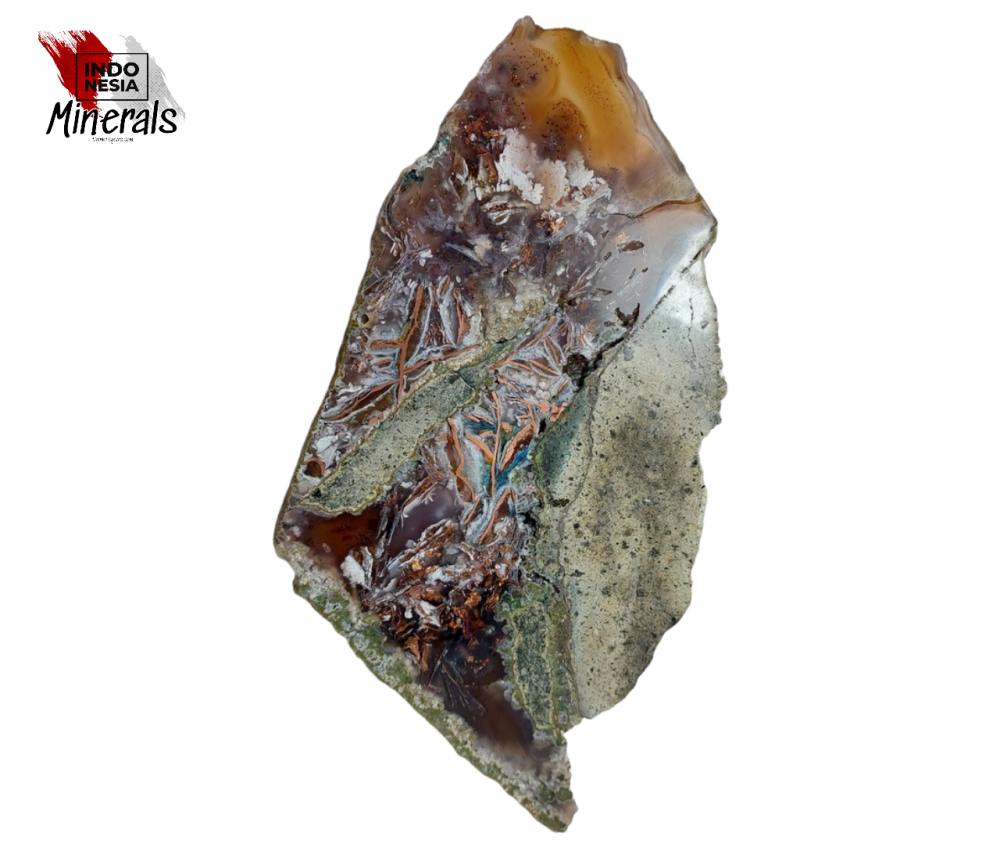We use cookies to make your experience better.
TimmersGems has a new website, existing customers also need to register again.
Copper with Chrysocolla as polished discs from Java, Indonesia
These discs are not only rare, but also very beautiful. Only a few kilos of it can be found every year.
Availability:
In stock
SKU
11579
The mineral chrysocolla is a hydrated copper aluminum silicate with the chemical formula (Cu,Al)2H2Si2O5(OH)4·n(H2O). The mineral belongs to the cyclosilicates. The translucent to opaque green, blue, blue-green or brown chrysocolla has a dull to glassy luster, a light green stripe color and the mineral has no cleavage. Chrysocolla has an average density of 2.15 and the hardness is 2.5 to 3.5. The crystal system is orthorhombic and the mineral is not radioactive. Similar minerals are dioptase, shattuckite and turquoise. The name of the mineral chrysocolla is derived from the Greek words chrysos ("gold") and kolla ("glue"). This name was given because the mineral was used to solder gold. Chrysocolla is a fairly common mineral that occurs primarily as a companion mineral to copper ores. The type locality is Nizhne-Tagilsk in the Urals, Russia. Significant concentrations exist in the United States, mainly in the states of New Mexico, Nevada, Arizona, Idaho and California. This mineral is also found in Mexico, Chile, Peru and Canada. Very beautiful stones come from Israel, South Africa, Congo, Zimbabwe, Russia, Kazakhstan, Moldova, Germany, England, Romania and France. Eilatsteen is an intergrowth of chrysocolla with turquoise and malachite, found near Eilat in Israel. Chrysocol quartz is an intergrowth of chrysocolla with quartz.
| Country of Manufacture | Indonesia |
|---|












